A spinal cord injury (SCI) impacts not only the person that suffered the trauma, but their immediate family or caregiver is also affected. Many questions can arise, and having the right resources can be extremely helpful when navigating life after a spinal cord injury. Relying on websites from reputable organizations can be beneficial when understanding what your “new normal” means. These websites offer checklists and other tools. They have done the work for you and provide a wealth of research-backed, credible information.
Spinal Cord Injury Statistics
- Vehicular crashes are the leading cause of spinal cord injuries in the nation. Taking a fall or tumble, acts of violence or sports-related activities follow.
- The average age a person suffers from a spinal cord injury-related incident is 43 years of age.
- Men make up to 78% of new spinal cord injury cases globally.
- Dependent on the severity of the spinal cord injury and the age it occurred, the average lifetime costs can be up to $5 million!
You can find even more statistics and other news about SCI on the Mike Utley Foundation website. Mike Utley played NFL football and was the offensive guard for the Detroit Lions until 1991, when he became paralyzed playing the game. His mission has evolved to help all people disabled by spinal cord injuries.
Spinal Cord Injury Resources
United Spinal Association
Get the resources you need to thrive and live life to the fullest. Find answers to all your disability-related questions and learn how other SCI patients manage life skills, travel, maintain relationships, parent, and participate in activities.
Christopher & Dana Reeve Foundation
This foundation is dedicated to curing spinal cord injury by funding innovative research and improving the quality of life for people living with paralysis through grants, information, and advocacy.
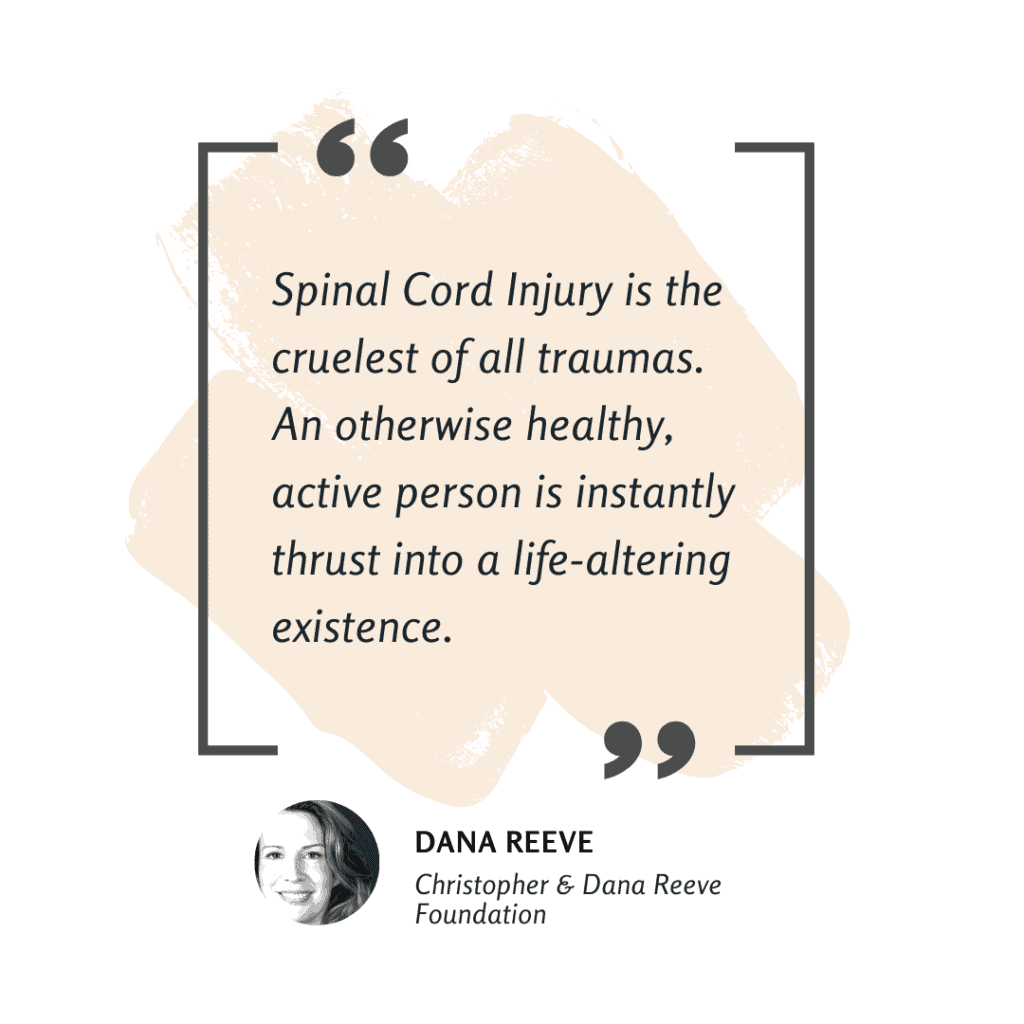
National Institute of Neurological Disorders and Stroke: SCI
Learn about research on spinal cord injuries, rehabilitation, and the history of SCI treatment.
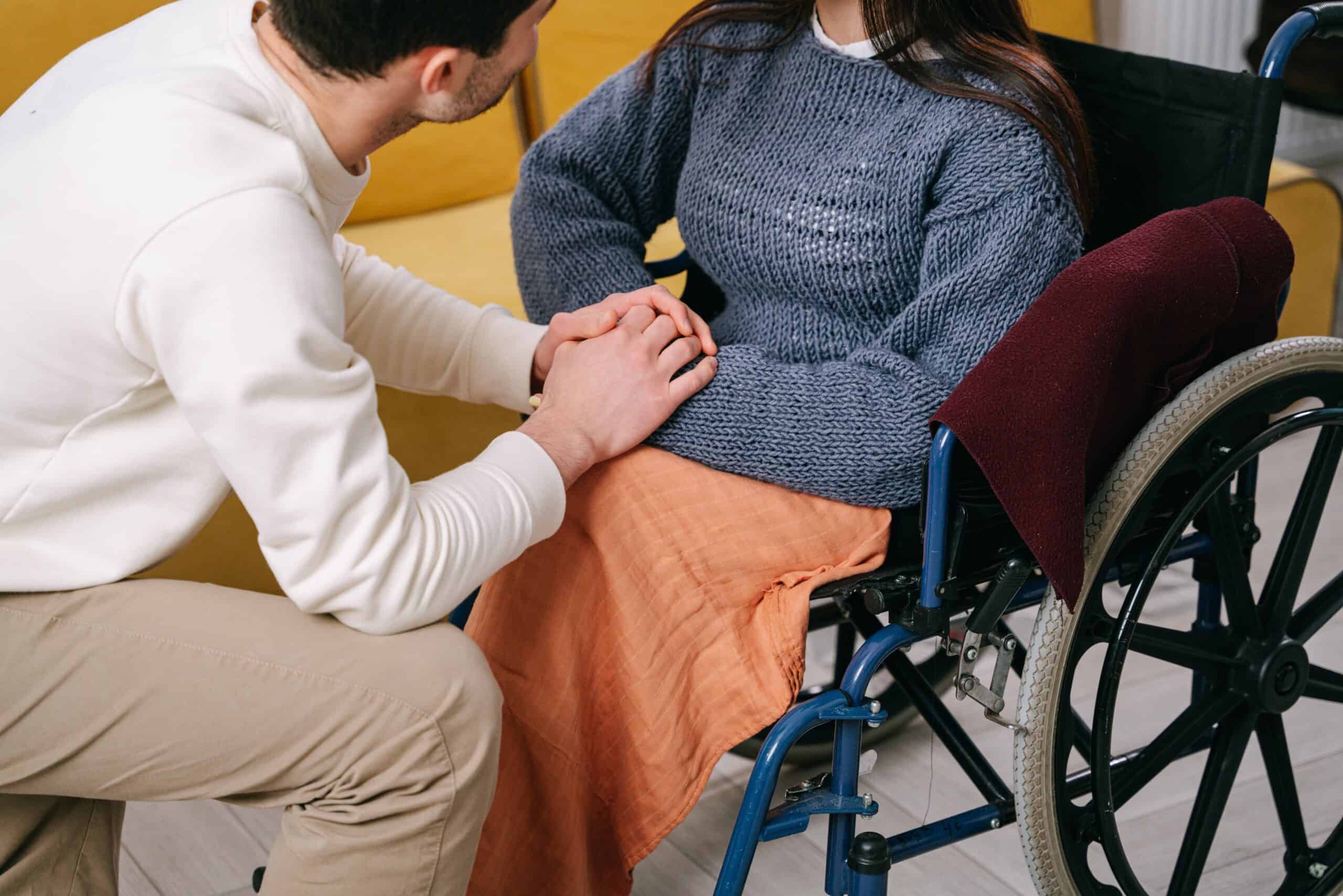 Spinal Cord Injury Model System
Spinal Cord Injury Model System
The University of Alabama at Birmingham Spinal Cord Injury Model System (UAB-SCIMS) provides educational materials related to the health and quality of life for people with spinal cord injuries and their families.
Unite 2 Fight Paralysis
Uniting and empowering the international spinal cord community to cure paralysis through advocacy, education, and research support. Listen to their podcast, signup for their newsletter, run or wheel in a race, etc.
The Craig H. Neilsen Foundation
This foundation is focused on supporting research and innovative rehabilitation programs to improve the quality of life for those with spinal cord injury.
Facingdisability.com
A guide for patients and families includes an extensive list of resources related to assistive technology, pediatric SCI, government programs, financial assistance, and much more.
Model Systems Knowledge Translation Center
Here you will find research-backed, grounded in evidence resources for those living with SCI and their supporters. Find printable PDF documents, videos, and slideshows relating to bladder management, bone loss, adaptive sports, driving, etc.
BACKBONES
Connecting people with spinal cord injuries making it easy to meet others with similar injuries, interests, and backgrounds. Become a part of an entire group of people connected by shared experiences.
The Travis Roy Foundation
This foundation focuses on enhancing the lives of individuals with spinal cord injuries and their families by providing adaptive sports equipment and assistive technology. Some eligible items may include an upgrade and maintenance of wheelchairs, vehicle modifications, ramp and lift installation at your home, and other adaptive equipment.
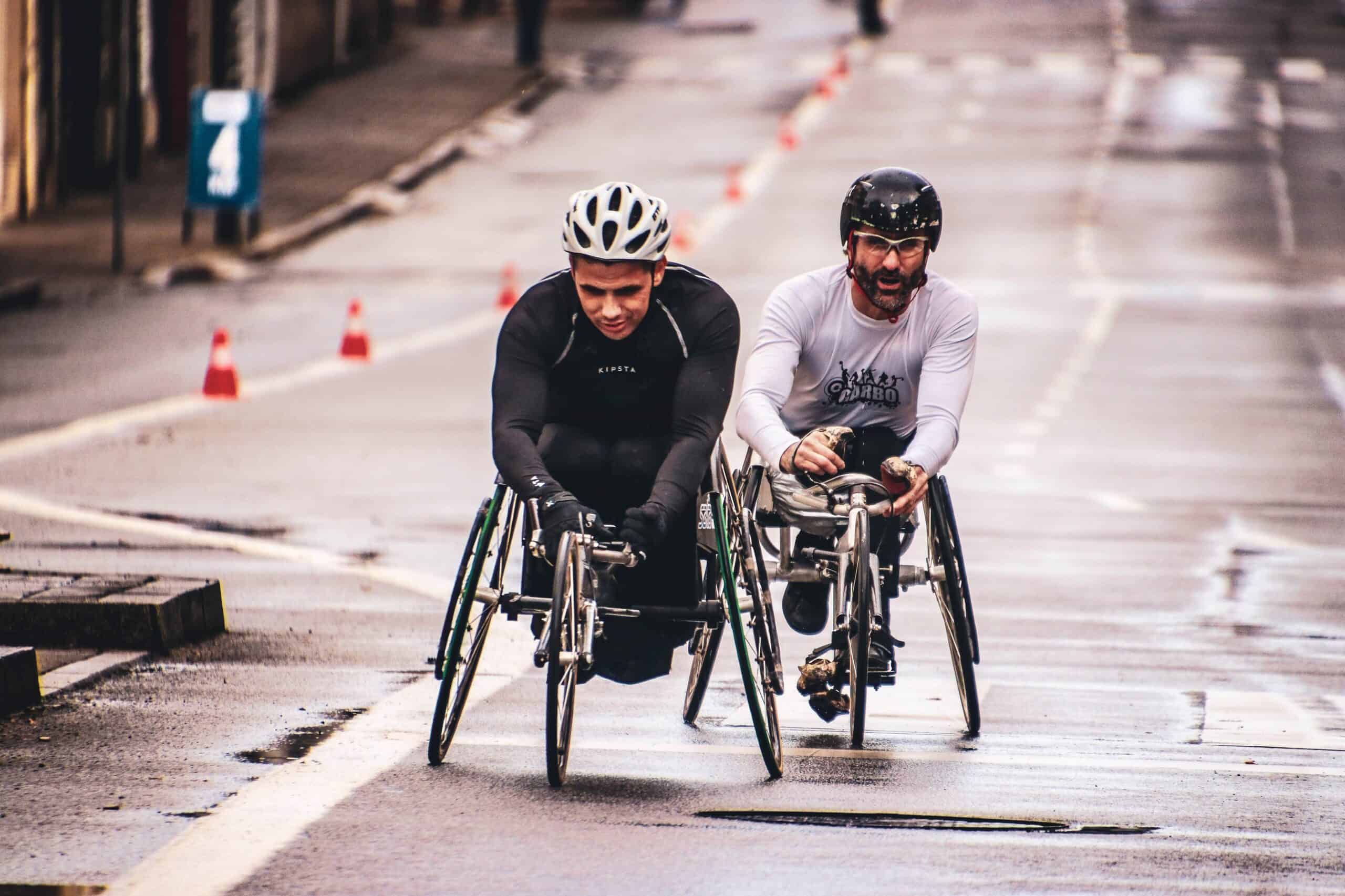 Rick Hansen Foundation
Rick Hansen Foundation
The Rick Hanson Foundation’s mission is to inspire others to share in achieving big dreams that accelerate improvements in the quality of life of people with spinal cord injuries.
Spinal Cord Injury Zone
Stay up-to-date on spinal cord injury news, get answers from other SCI patients, watch SCI breakthrough videos, and access a variety of additional SCI information on this not-for-profit website.
Morton Cure Paralysis Fund
The Morton Cure Paralysis Fund (MCPF) is committed to finding a cure for paralysis caused by SCI and other central nervous system disorders. MCPF is also a community of people that provides information and emotional support to those affected by paralysis.
SCI-INFO-PAGES
Find spinal cord injury-related associations and organizations by state. Rehabilitation centers by state can also be found on this website.
Paralyzed Veterans of America
This nonprofit organization is dedicated to serving veterans of the U.S. armed services, supporting medical research, and guaranteeing civil rights for all people with disabilities.
These websites are just grazing the surface of all organizations and associations that provide education, research, advice, and more helpful information for spinal cord injury patients and their families.
If you are in a wheelchair because of a spinal cord injury or have limited dexterity in the hands, we offer extended-length catheters and ones designed for minimal hand function. We carry compact and discreet catheters for traveling and easy-to-open hydrophilic straight and coude tip catheters. Be sure to check out all of the catheter options we offer, and if you need help choosing, our Product Experts are just a phone call away.
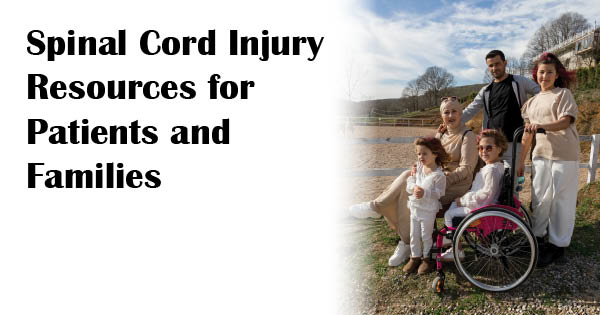
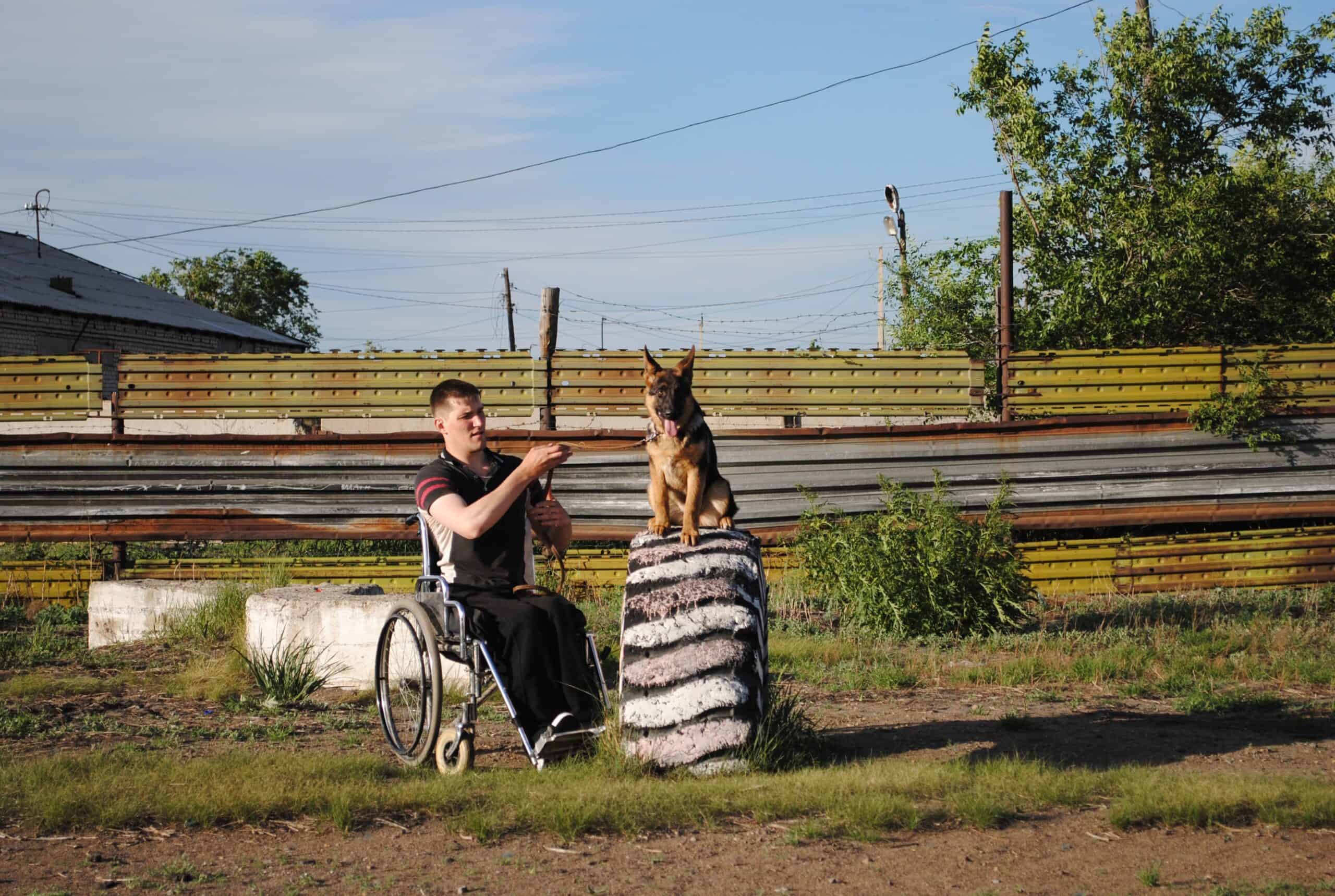
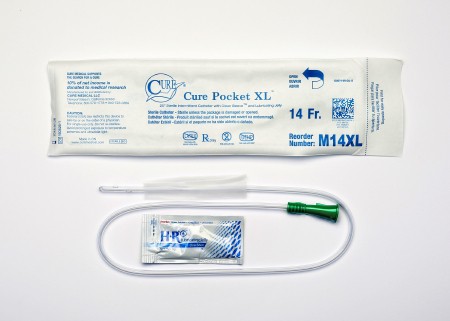
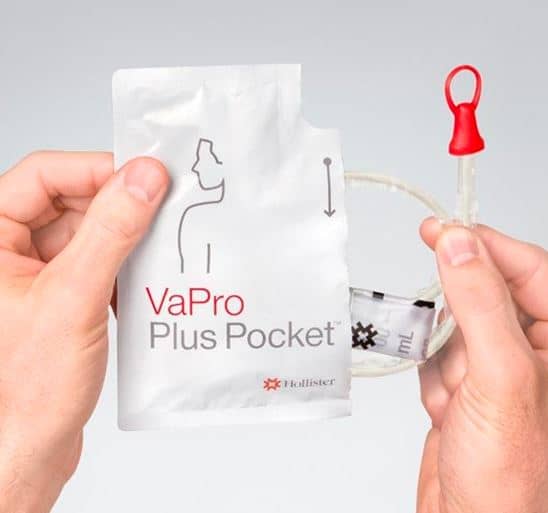
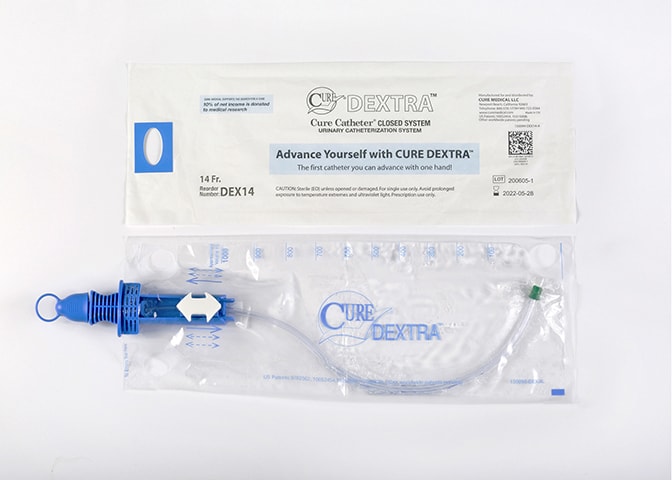



 Later on, when I chose to go back to college, Texas Workforce helped pay for courses and books that I needed. When I got further education to write for teenagers and children, they continued to help me achieve my ultimate goal to be a full-time writer. I chose to work from home, so with their help, I had my office set up with
Later on, when I chose to go back to college, Texas Workforce helped pay for courses and books that I needed. When I got further education to write for teenagers and children, they continued to help me achieve my ultimate goal to be a full-time writer. I chose to work from home, so with their help, I had my office set up with  What I have learned the most throughout my self-discovery journey is that there are some really nice people in the world. One of them I married, and the others are my closest friends. I also found that the more I do, the more respect I gain from those who don’t quite understand my disability from my spinal cord injury. However, what they see is a self-sufficient, strong, confident mother of three who happens to be in a wheelchair.
What I have learned the most throughout my self-discovery journey is that there are some really nice people in the world. One of them I married, and the others are my closest friends. I also found that the more I do, the more respect I gain from those who don’t quite understand my disability from my spinal cord injury. However, what they see is a self-sufficient, strong, confident mother of three who happens to be in a wheelchair.




